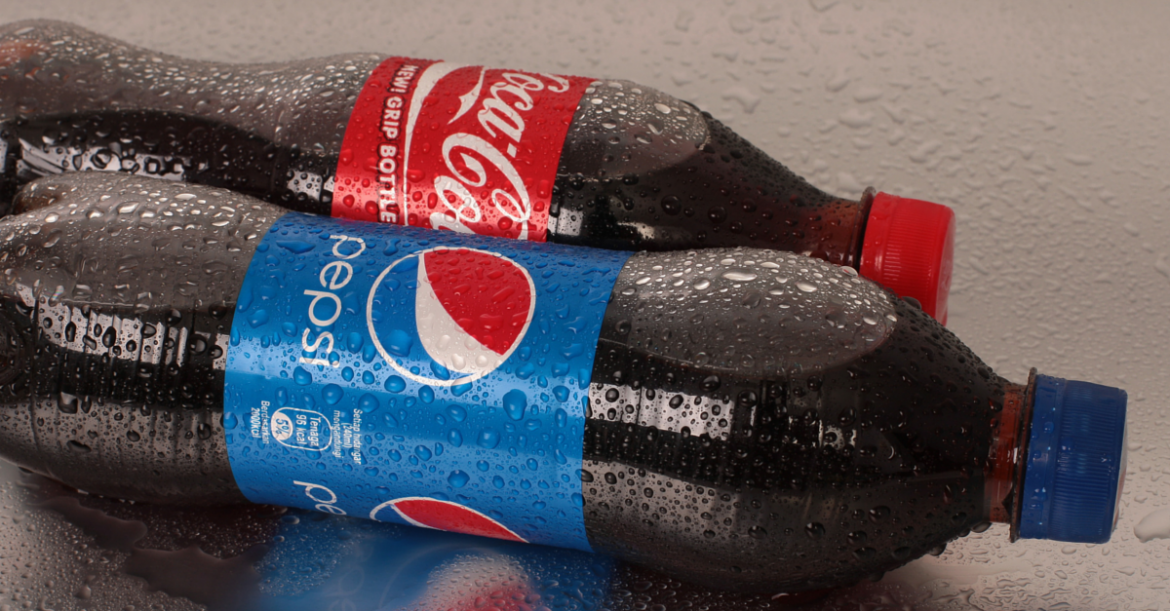The packaging of a commodity is one of the most important marketing functions in order to have a successful product. The company offering a product has to first know who its consumer is, and what packaging appeals to that consumer. There have been many studies done on the combination of shape, size, color, and typeface of a product to best appeal to that end user. As an example, you would not use the color red to package an eye cream. Why? Because that color suggests irritation, red eyes, and a marketer of eye cream certainly does not want to give his product that image.
Throughout the years packagers, and at times state and local governments, have looked at not just how a product is presented to the public but also started to consider how that package will impact the environment. As an example, in New York State, a law called The Bottle Law passed in 1982, making it illegal to have a beverage packaged in aluminum cans with a detachable pull tab that, when disposed of improperly, would cause litter and pose a danger to animals that would choke on them when swallowed. (Sidenote: The Bottle Law also makes those aluminum bottles you see at the ballparks illegal in New York unless a bill, now sitting on Governor Cuomo’s desk is approved, striking the detachable cap provision)
The advent of an aluminum can to package a beverage was innovative at the time. It meant that less energy was needed to chill the beverage, but the pull tap posed a danger to the environment. Thus with the passing of the law it prompted can manufacturers to re-engineer how the can is opened and the modern can of today, with a tab that stays on the can, was developed.
Fast forward to today’s environmental issues and we see that manufacturers are now even more aware of how their product’s packaging will affect the environment. They are more “green” in their product development and research what materials they can use to lessen the environmental impact.
A perfect example of this is Pepsi Cola. After much research, they have developed a clear bottle that is made with 100% vegetable matter. This bottle is completely recyclable. After initial testing, the bottle will be available next year. You can be sure that PepsiCo spent millions of dollars on this research that many other companies cannot afford.
Container manufacturing companies have started to use post-consumer materials in their containers as well, especially those made of plastics. According to The Association of Postconsumer Plastic Recyclers, more than 1800 businesses in North America are involved in recycling post-consumer plastics. That is triple the number of a few years ago.
According to Beauty Packaging, a cosmetic industry magazine, a nonprofit organization called GreenBlue equips businesses with the science and resources to make products more sustainable and provide technical guidance on designing packaging to be compatible with common recovery methods. Reports on aluminum, steel, glass and paper packaging detail recovery challenges for these four major packaging materials as well as provide instructions on how attachments, inks, coatings and colorants affect recyclability.
In the cosmetic industry new methods of dispensing products have been developed. In order not to use gasses, like in aerosol cans, a new kind of airless dispenser is available that will spray a product without emitting gasses into the air.
So no matter what consumer industry it is, they all have recognized that their packaging has to minimize the impact it has on the environment. There is still a long way to go, and “green” packaging materials and technologies have to be more cost effective for more manufacturers to take advantage of them, but at least, we are going in the right direction for a less polluted earth.
 Food
Food Farmers
Farmers Sustainable Living
Sustainable Living Living Planet
Living Planet News
News